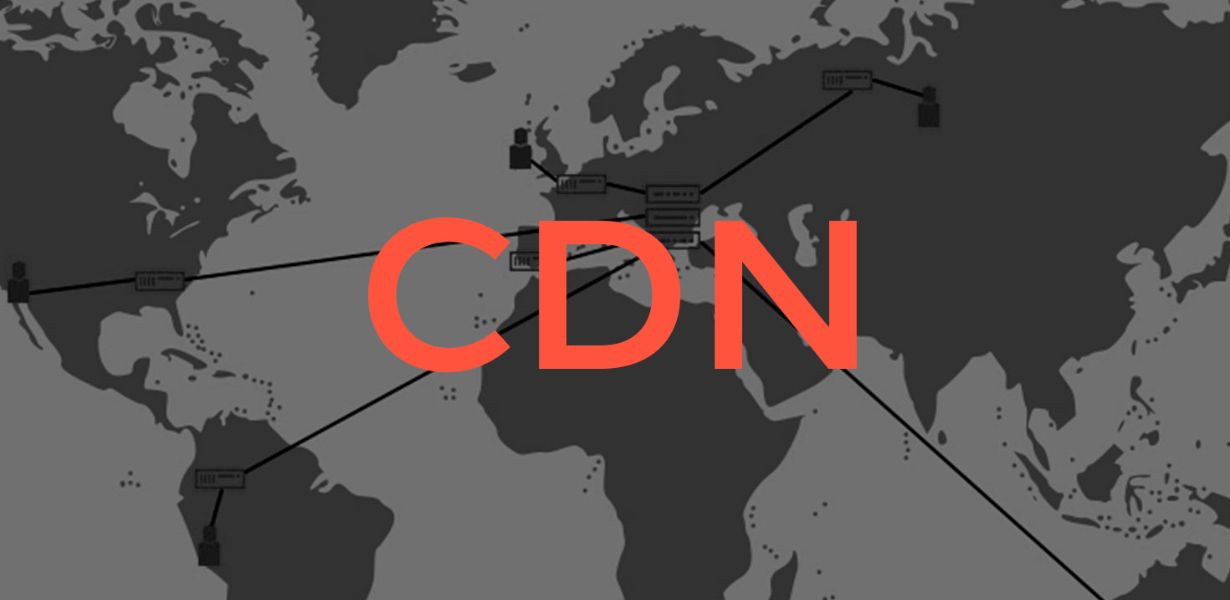
Zero Trust CDNs: Strengthening Cybersecurity in the Era of Remote Work and IoT
- Post
- August 8, 2023
- CDNs, Web Performance, Web Technologies
- 0 Comments
In today’s interconnected digital landscape, where remote work and the Internet of Things (IoT) are becoming the norm, ensuring robust cybersecurity has never been more critical. Enter Zero Trust Content Delivery Networks (CDNs), a cutting-edge solution that addresses the evolving cybersecurity challenges of our time. In this comprehensive guide, we delve into the world of Zero Trust CDNs, exploring their significance, benefits, implementation, and impact on safeguarding sensitive data.
Understanding Zero Trust CDNs
A Paradigm Shift in Cybersecurity
Traditional security models are struggling to keep up with the dynamic and distributed nature of modern networks. Zero Trust CDNs offer a paradigm shift by assuming that no entity, whether inside or outside the network perimeter, can be inherently trusted. This approach challenges the conventional “castle-and-moat” security mindset, advocating for continuous verification, strict access controls, and microsegmentation.
The Essence of Zero Trust CDNs
Security at the Edge
Zero Trust CDNs combine the principles of Zero Trust architecture with the speed and efficiency of Content Delivery Networks. By distributing security mechanisms across multiple edge nodes, these CDNs enable organizations to protect their assets closer to the source of traffic, reducing latency and enhancing user experience.
Benefits of Zero Trust CDNs
Holistic Security Enhancement
Granular Access Control: Zero Trust CDNs enforce precise access controls, ensuring that only authorized users and devices can access sensitive resources.
Reduced Attack Surface: By segmenting the network into smaller zones, the potential attack surface diminishes, making it harder for cybercriminals to move laterally.
Threat Prevention: Real-time monitoring and behavior analysis help in promptly identifying and mitigating potential threats, reducing the risk of breaches.
Implementing Zero Trust CDNs
Step-by-Step Approach
Asset Discovery: Identify and categorize all assets and resources within your network, assessing their value and potential vulnerabilities.
Verification and Authentication: Implement multi-factor authentication (MFA) for user verification and device authentication, adding an extra layer of security.
Microsegmentation: Divide the network into isolated segments, limiting lateral movement of threats while allowing legitimate communication.
Continuous Monitoring: Employ advanced security tools to monitor network traffic, user behavior, and potential anomalies, responding promptly to any irregularities.
The Role of Remote Work and IoT
A Catalyst for Change
The rise of remote work and IoT devices has significantly expanded the attack surface for cyber threats. With employees accessing corporate networks from various locations and an influx of interconnected devices, the need for enhanced security measures is undeniable.
Challenges and Considerations
Navigating the Complexities
While Zero Trust CDNs offer a robust security solution, their implementation comes with challenges:
Integration Complexity: Integrating Zero Trust CDNs with existing infrastructure requires careful planning and execution.
User Experience: Balancing security measures with a seamless user experience is crucial to prevent frustration and productivity losses.
Resource Allocation: Implementing and maintaining Zero Trust CDNs demands a resource investment, including time and expertise.
Future Implications
Shaping Tomorrow’s Security Landscape
Zero Trust CDNs are poised to play a pivotal role in shaping the future of cybersecurity. As technology evolves, this approach will likely become even more sophisticated, adapting to emerging threats and ensuring data protection remains paramount.
Final Words
In a digital age characterized by remote work and IoT proliferation, the traditional security model is no longer sufficient. Zero Trust CDNs offer a revolutionary approach, redefining how organizations safeguard their valuable assets. By embracing continuous verification, strict access controls, and microsegmentation, Zero Trust CDNs fortify cybersecurity, making breaches harder to execute and data more secure.
Commonly Asked Questions
Q1. What exactly is a Zero Trust CDN?
A Zero Trust Content Delivery Network (CDN) is a cybersecurity solution that combines the principles of Zero Trust architecture with the speed and efficiency of CDNs. It ensures that no entity, whether inside or outside the network perimeter, is inherently trusted, enhancing security at the edge.
Q2. How does a Zero Trust CDN enhance security?
Zero Trust CDNs enhance security through granular access control, reduced attack surfaces, and real-time threat prevention. They segment the network into isolated zones, monitor user behavior, and mitigate potential threats promptly.
Q3. Can Zero Trust CDNs be integrated with existing infrastructure?
Yes, but integration can be complex. Organizations need to carefully plan and execute the integration process to avoid disruptions while maintaining the desired level of security.
Q4. What challenges come with implementing Zero Trust CDNs?
Integration complexity, ensuring a positive user experience, and resource allocation are key challenges. Balancing security measures with usability is crucial to reap the full benefits of Zero Trust CDNs.
Q5. How will Zero Trust CDNs impact the future of cybersecurity?
Zero Trust CDNs are poised to shape the future of cybersecurity by adapting to emerging threats and evolving technology. This approach ensures data protection remains a top priority in an increasingly interconnected digital landscape.




